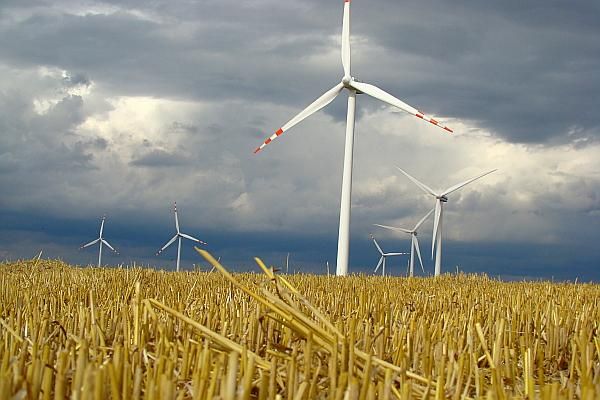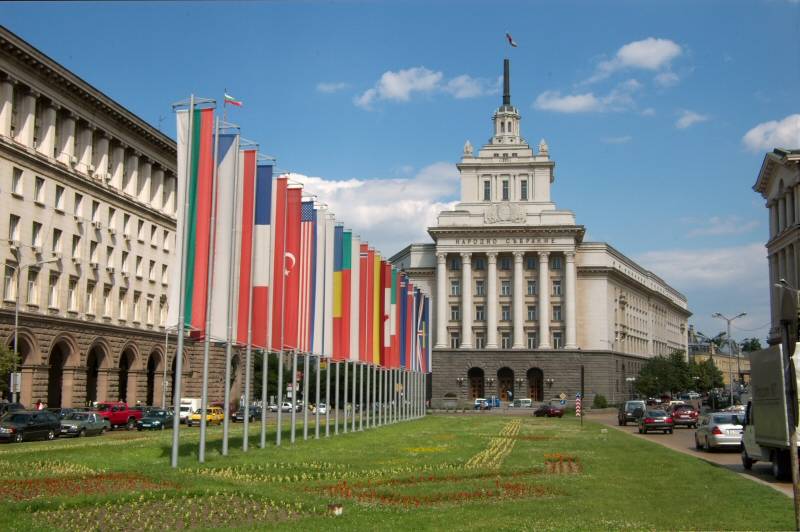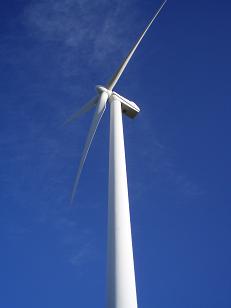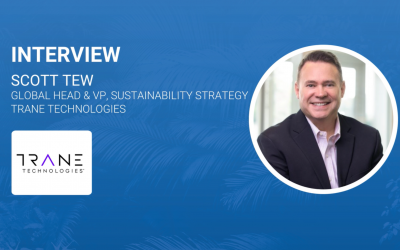The impact of European policy on wind energy capacity
The European Union’s policy on renewables, wind energy in particular, has been crucial in providing the initial boost for non-fossil electricity generation.

The European directives have given a measure of stability that is currently in danger of being eroded by uncertainty. It is important to agree new firm targets for 2030 to keep up the impetus.
Back in the year 2000, when the EU had only 15 member states and we all thought life as we knew it might be changed for ever by the ‘millennium bug’, there were just 13 GW of installed wind energy capacity in Europe – about 12 per cent of what is installed today. Three years earlier, the EU had published its white paper on renewable sources of energy, which set a target for 40 GW of wind power to be installed in the EU by 2010. It was not until 2001, however, that the renewable electricity directive was passed, setting a non-binding 21 per cent target for renewable electricity.
The directive did not just set a target. It also gave renewable energy advantages to compensate for a not yet fully liberalised energy market and the under-developed grid that had been put in place for fossil fuels. Some of these advantages still apply today, such as streamlined administrative procedures, priority connection or dispatch and the possibility for member states to give support mechanisms for renewables.
By 2005, the EU’s wind energy capacity had risen from 13 GW to more than the 40 GW target, five years ahead of schedule. By 2009, wind energy had reached 75 GW in the EU, its growth driven by the far-sighted directive. The renewable electricity target was well within reach, wind had long surpassed all previous expectations, and the directive was about to run out. What would happen next?
Legally binding targets
EWEA had been calling for a new and, this time, binding target for renewable energy for 2020. In December 2008, the 27 EU Heads of State unanimously agreed on legislation to realise 20 per cent renewable energy, 20 per cent reduction in energy consumption and a 20 per cent drop in greenhouse gas emissions by 2020, compared with 1990 levels. Three days later, a political agreement was reached between the Council and the European Parliament. The 2009 renewable energy directive – the world’s most ambitious and far-sighted piece of renewable energy legislation – came into effect a few months later.
The member states said they would reach 213 GW of installed capacity by 2020
Under the terms of the directive, each member state had a legally binding renewable target for 2020 and had to publish an action plan detailing exactly how they would meet that target. The directive also continued to give renewable energy producers guaranteed access to the electricity grid, as well as priority during dispatch.
The overview of national installations up to 2020 gave the industry a clear idea of how the market would look. Altogether, the member states said they would reach 213 GW of installed capacity by 2020 – just under EWEA’s own target of 230 GW. This would provide around 15 per cent of EU electricity.
So what impact has all this had? We can say, without exaggeration, that the policy has been critical in driving the sector and establishing it as a mainstream source of power, in making the EU a world leader in wind energy. The targets have given investors the confidence they need in the sector to commit to projects.
Liberalisation and support measures
But these are not the only pieces of EU legislation that have pushed the sector forward. EU policy is also to put in place a functioning internal energy market – by 2014. Several ‘liberalisation’ packages have been adopted with this objective in mind. The most recent one, enacted in 2009, focuses on splitting up energy firms so that electricity production and transmission are managed by separate companies. This move towards a fairer market will help newer players such as wind energy generators reach higher levels of penetration – that is, the amount that is on the grid.
The power grid itself is another area where EU policy is having and will continue to have a real impact on wind energy. Currently the grid in Europe is a jigsaw – made up of separate pieces, some of which are linked. For wind energy to have the biggest possible effect, this grid needs to extend across Europe and include the offshore wind farms in its northern and western seas. The European institutions recognise that the grid needs strengthening and updating: the EU has published a package on energy infrastructure that will facilitate the rules for application for projects and increasing EU funding for trans-European energy infrastructure projects ‘of common interest’.
The importance of long-term stability
So EU policy has been crucial for the wind energy sector in Europe so far, and will continue to be so. The importance of long-term, stable frameworks has been thrown even more starkly into the spotlight at the  moment as wobbles in member state policy and the lack of a post-2020 EU regulatory framework are disconcerting investors. In countries such as Spain, the Czech Republic and Bulgaria (pictured left), retrospective changes to the support mechanisms – that is, changes applicable even to already approved and running wind farms – mean the criteria for making investment decisions are no longer applicable. This uncertainty is throwing investors into disarray and endangering the wind energy sector in those countries: the Spanish wind energy association (AEE) has estimated that 40 per cent of Spanish jobs linked to the wind energy sector have already been destroyed.
moment as wobbles in member state policy and the lack of a post-2020 EU regulatory framework are disconcerting investors. In countries such as Spain, the Czech Republic and Bulgaria (pictured left), retrospective changes to the support mechanisms – that is, changes applicable even to already approved and running wind farms – mean the criteria for making investment decisions are no longer applicable. This uncertainty is throwing investors into disarray and endangering the wind energy sector in those countries: the Spanish wind energy association (AEE) has estimated that 40 per cent of Spanish jobs linked to the wind energy sector have already been destroyed.
Polandis one of the most promising of the new EU member states in terms of wind energy. In 2010 and 2011, 400 MW of capacity were added, and 800 MW in 2012, according to the Polish Wind Energy Association. This strong growth was driven by a green certificate support system. Yet, as in other countries, growth is now being hampered due to uncertainty from ongoing discussions on a new renewables law. The proposed law would stop the inflation indexation mechanisms from the calculation of the green certificate price for all existing renewable energy installations, resulting in lower income than those calculated before. It also only allows producers to sell the electricity at a price not higher than the market price in order to obtain green certificates. This would affect, in particular, the producers that have already signed long-term contracts for sales of electricity based on the previous rules.
The country still gets 90 per cent of its energy from coal, and needs to increase its wind power to reach its 2020 targets. Yet by interfering with the support mechanism for wind energy, Poland is making its target far more expensive and difficult to reach.
A post-2020 framework

In addition to the targets, the grid must continue to be extended and developed – the EU must provide financing for this under the proposed Connecting Europe Facility – and the current energy market distortions removed, such as regulated prices.
Wind energy is cheaper than new nuclear and is competitive with fossil fuels on good sites.Despite this, fossil fuels and nuclear are still getting far more taxpayer money in the form of tax breaks and subsidies than renewables (six times more across 37 countries, says the International Energy Agency, IEA). In a free and fair energy market with the external costs taken into account – such as the health impact of non-renewable energy – wind energy would compete already today. We urge that this market be put in place as soon as possible, but as long as it does not exist, EU energy policy in the form of targets, support mechanisms and priority grid access will be essential to allow the sector to compete more equally.
In the long run, no energy source, wind energy included, should get anything special. Yet while we await the completion of the internal energy market, the rolling out of a Europe-wide power grid and the phasing out of subsidies for fossil fuels and nuclear, EU policy will remain crucial.








